The Litani River Raid was one of the earliest large-scale Commando actions of the Second World War. In June 1941, No. 11 (Scottish) Commando launched a daring amphibious assault on Vichy French positions in Syria, fighting with extraordinary determination to secure a vital river crossing for the advancing Australian forces.
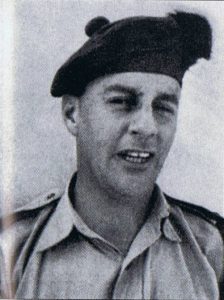
Formation and Training
No. 11 (Scottish) Commando was raised in Galashiels in the summer of 1940 under Lieutenant Colonel Dick Pedder. Its ranks were filled with volunteers drawn from the Scottish Command. After forming, the unit completed a gruelling 100-mile march to Ayr before beginning Commando training on the Isle of Arran.
In January 1941, No. 11, along with No. 7 and No. 8 Commando, sailed from the Isle of Arran aboard HMS Glenearn and HMS Glengyle. The three units combined as Force Z, under Lieutenant Colonel Bob Laycock, and set course for the Middle East.
The Road to Syria
By June 1941, No. 11 (Scottish) Commando was part of Operation Exporter, the Allied invasion of Vichy French-controlled Syria and Lebanon. Their task was to make the first opposed amphibious landing by a complete Commando unit on an occupied shore.
The Commandos were divided into three groups — X, Y, and Z Parties — with orders to land behind enemy lines and attack from the rear. Their mission was to secure the ground around the mouth of the Litani River, allowing the Australian 21st Brigade to cross and advance north towards Beirut.
A Difficult Landing
The raid began on 8 June 1941 but faced immediate problems. Heavy seas and the risk of capsizing forced the first landing attempt to be abandoned in full view of the enemy. When a second attempt was made the following night, delays meant that daylight broke as the landing craft approached the beach. The element of surprise had already been lost, and X and Y Parties came ashore in front of the enemy rather than behind them. The Commandos were forced to fight frontal assaults against heavily fortified positions.
X Party: The South Bank Assault
Major Geoffrey Keyes led X Party, which landed on the south side of the Litani River. Under intense machine-gun, sniper, and artillery fire, they fought their way to the riverbank, taking many casualties. Borrowing a small boat from the Australians, Keyes and his men crossed the river and stormed a fortified enemy redoubt dominating the area. They held the position for over eight hours—long enough for the Australians to construct a pontoon bridge and begin their crossing.
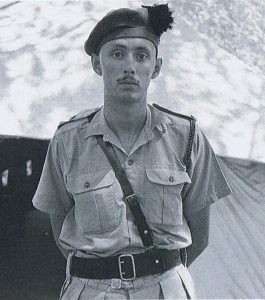
Y Party: Fighting in the Heart of the Enemy
Lieutenant Colonel Dick Pedder commanded Y Party, originally assigned to act as reserve for X Party. The force, which included Commando HQ and Nos. 1, 7, and 8 Troops, landed in the centre of a heavily defended enemy position containing barracks, artillery, and numerous machine-gun posts. Confused, close-quarters fighting followed, forcing the three Troops to operate independently.
No. 7 Troop, led by Lieutenant Blair “Paddy” Mayne, quickly achieved its objectives, killing and capturing many enemy soldiers before turning south to aid X Party. Despite being mistakenly fired upon by Australian troops, Mayne’s men crossed the river with several prisoners.
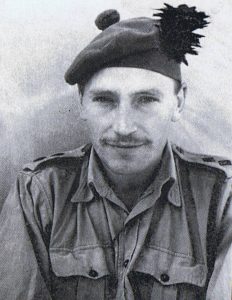
No. 8 Troop, under Captain Ian Glennie and Lieutenant Bill Fraser, became separated during the landing. Glennie’s section fought northwards, taking prisoners and linking up with Z Party at Kafr Badda. Fraser’s section initially fought alongside Mayne before also moving north to support Z Party.
Commando HQ and No. 1 Troop faced the heaviest resistance. They captured the barracks and several artillery guns but were soon surrounded by enemy reinforcements. Colonel Pedder, Captain Robin Farmiloe, and Lieutenant Alistair Coode were all killed in action. With Lieutenant Gerald Bryan wounded and captured, Regimental Sergeant Major Lewis Tevendale took command. Despite his men’s courage, they were overwhelmed, and Tevendale was eventually forced to surrender.
Z Party: The Fight for Kafr Badda Bridge
Captain George More led Z Party, which landed in the wrong position and had to attack the Kafr Badda Bridge head-on. The bridge lay on the main coastal road from Beirut and was vital to the enemy’s supply line. Advancing over open ground under fire from armoured fighting vehicles, More’s men captured and held the bridge for twelve hours before being driven back by superior numbers.
The force split into two groups — one led by More, the other by Lieutenant Tommy Macpherson. More’s group followed the coast but became trapped in barbed wire near enemy machine-gun posts. After heavy casualties, they were forced to surrender and were held captive until the French commander, seeing the Australians advance, surrendered to More.
Macpherson’s group withdrew eastward after Lance Corporal Noble Sproule heroically held off the enemy alone with a captured heavy machine gun. Under cover of darkness, they crossed the river and rejoined Australian lines.
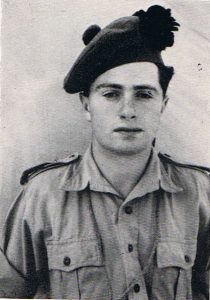
Outcome and Legacy
Despite being heavily outnumbered, No. 11 (Scottish) Commando achieved its objective. They held the Litani River line long enough for the Australians to cross and continue their drive north. The cost was severe: of 406 men who landed, 130 were killed or wounded in twenty-nine hours of fighting — sustained with only enough ammunition and food for eight.
Operation Exporter remained a controversial campaign for decades. Reports suggest that Allied censors suppressed news of the fighting, perhaps to avoid highlighting that it was Frenchmen fighting Frenchmen. Winston Churchill later described the battle at the Litani River as “a daring raid by No. 11 Commando behind enemy lines.”
For their gallantry, the Commandos received four Military Crosses, two Distinguished Conduct Medals, one Military Medal, and two Mentions in Dispatches — a fitting tribute to their courage in one of the fiercest Commando actions of the war.



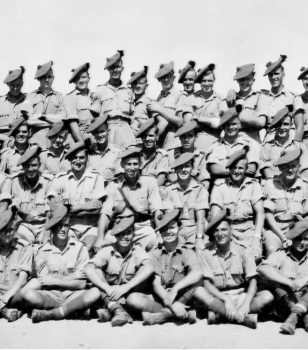
Better detail than other net sites. Think the CO a relative not quite made the connection yet.